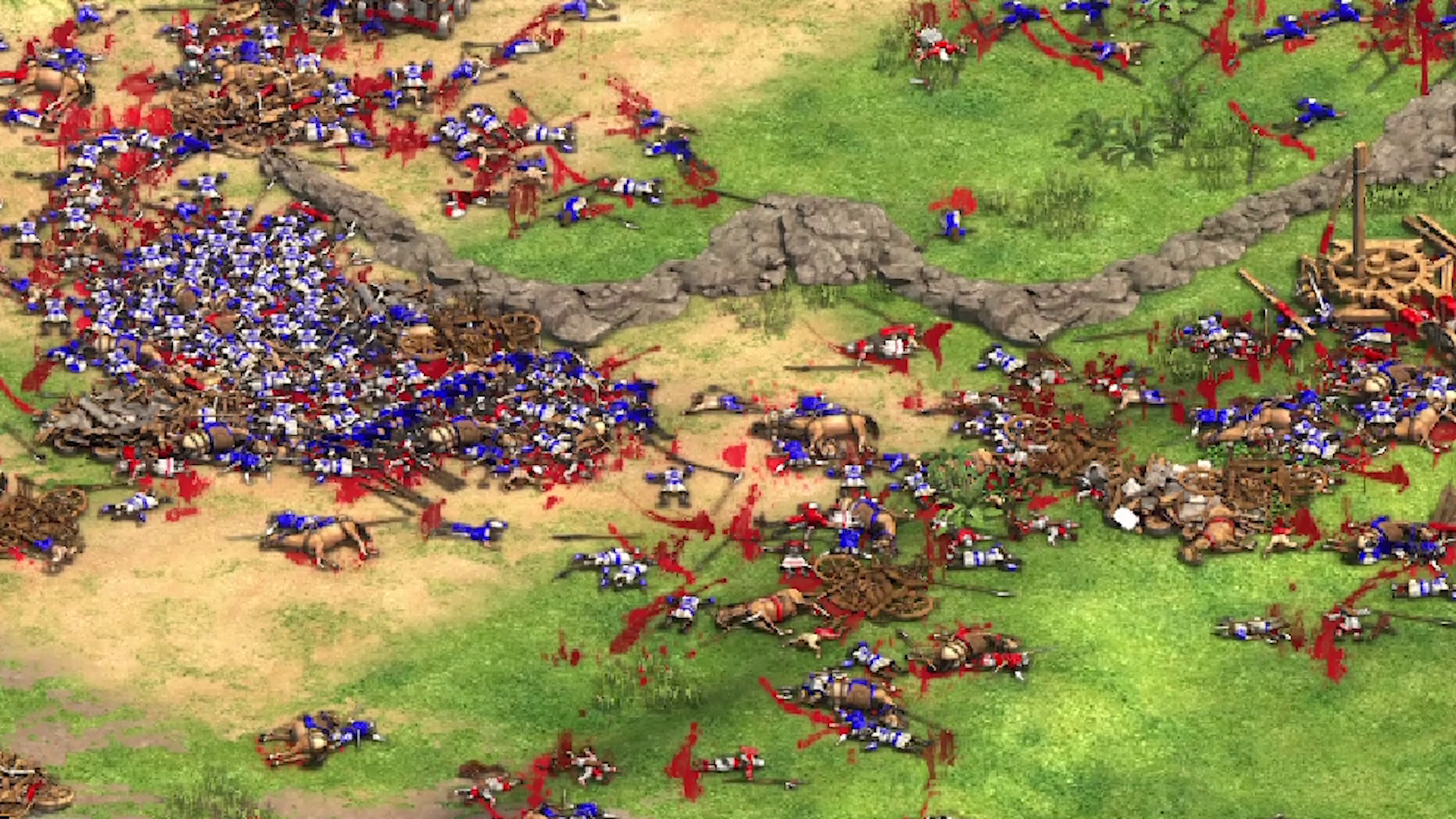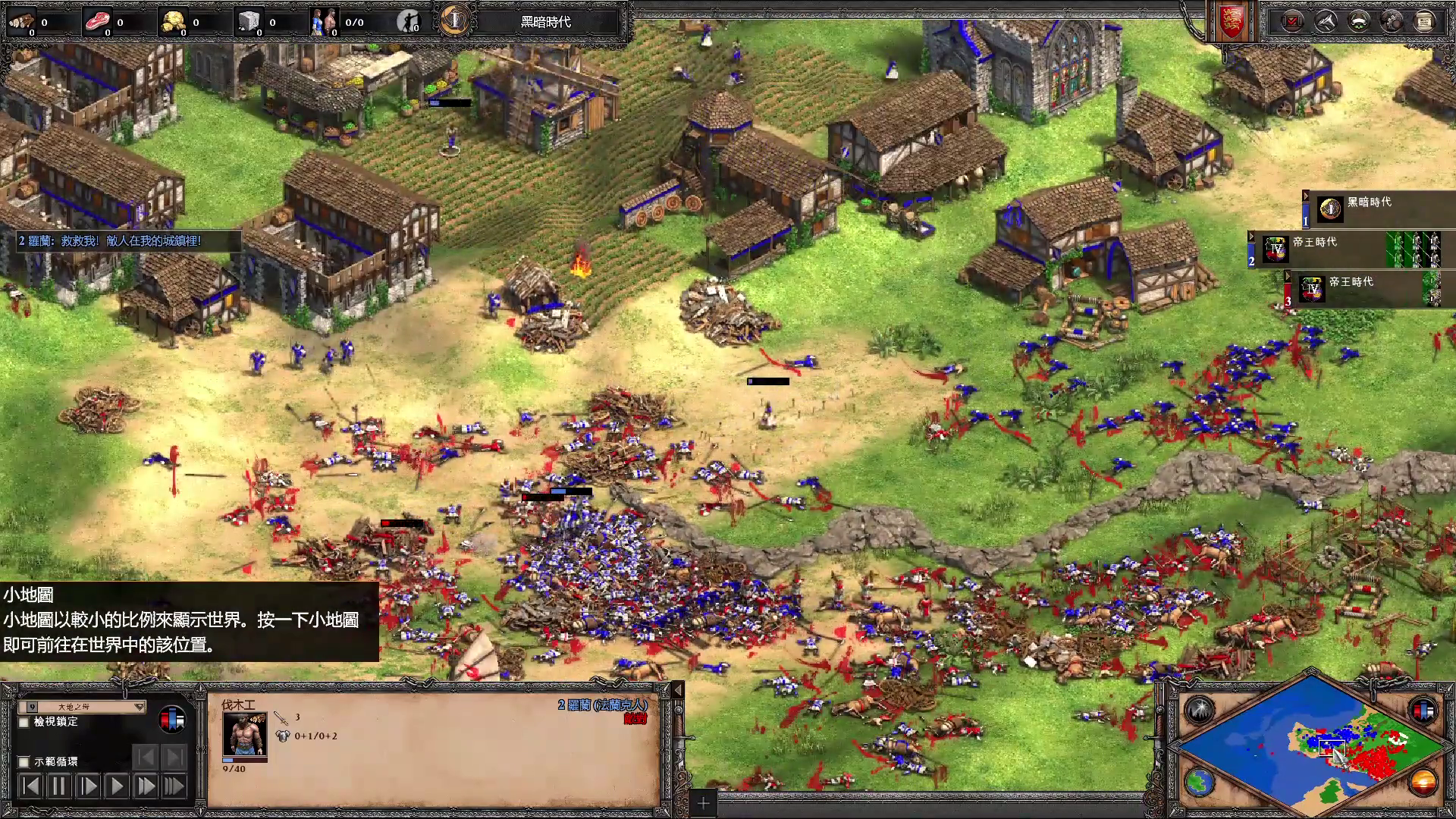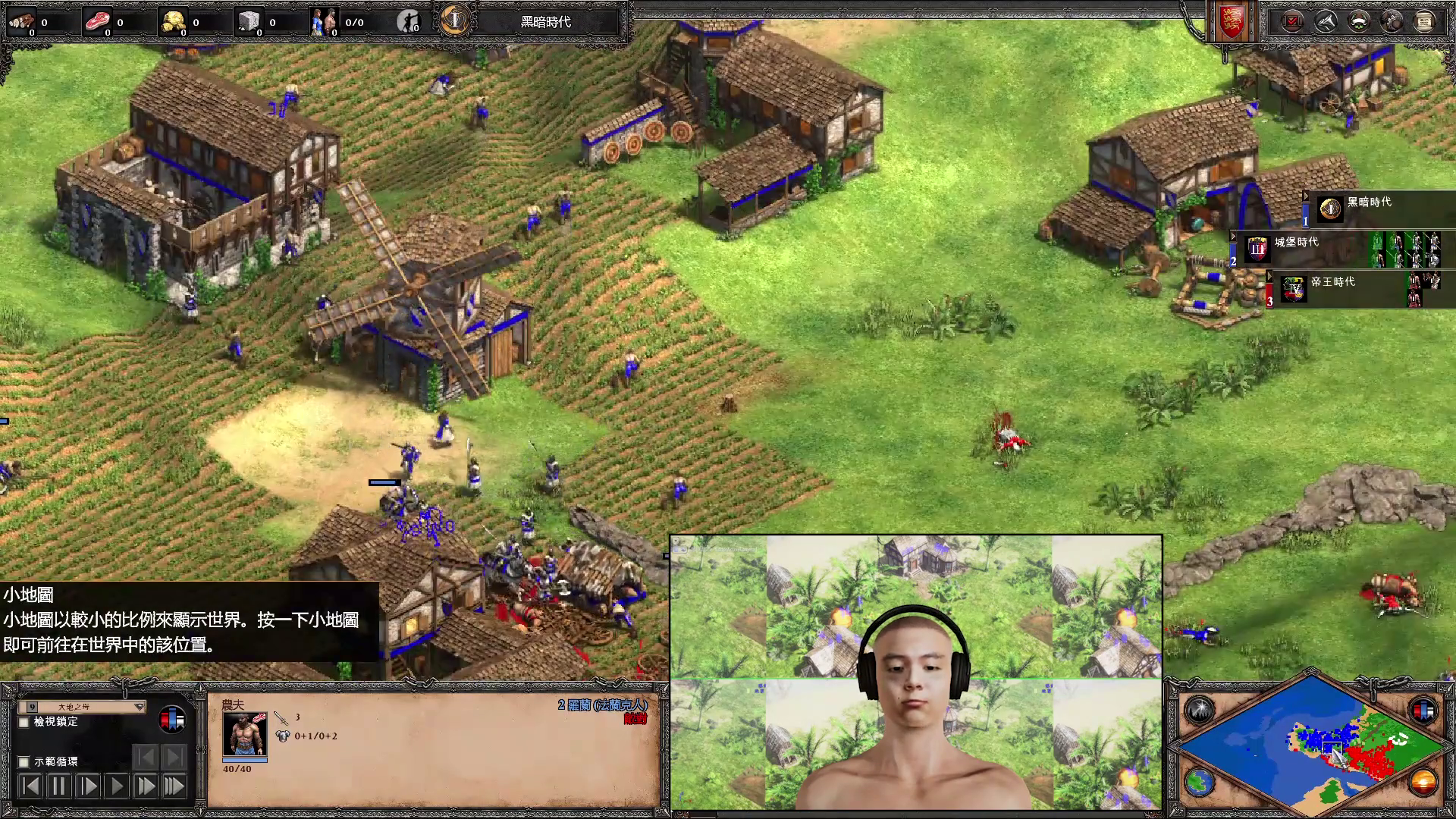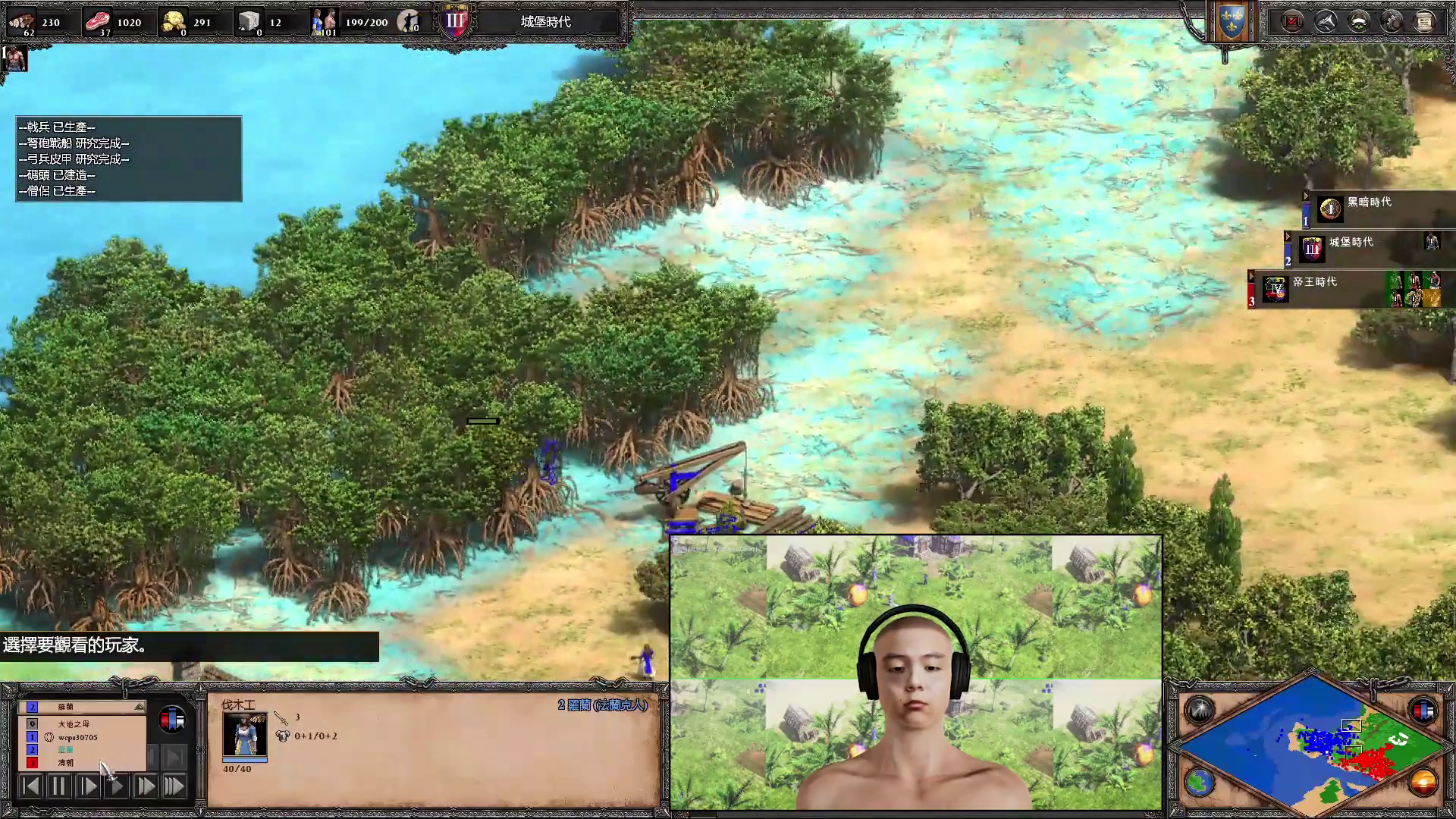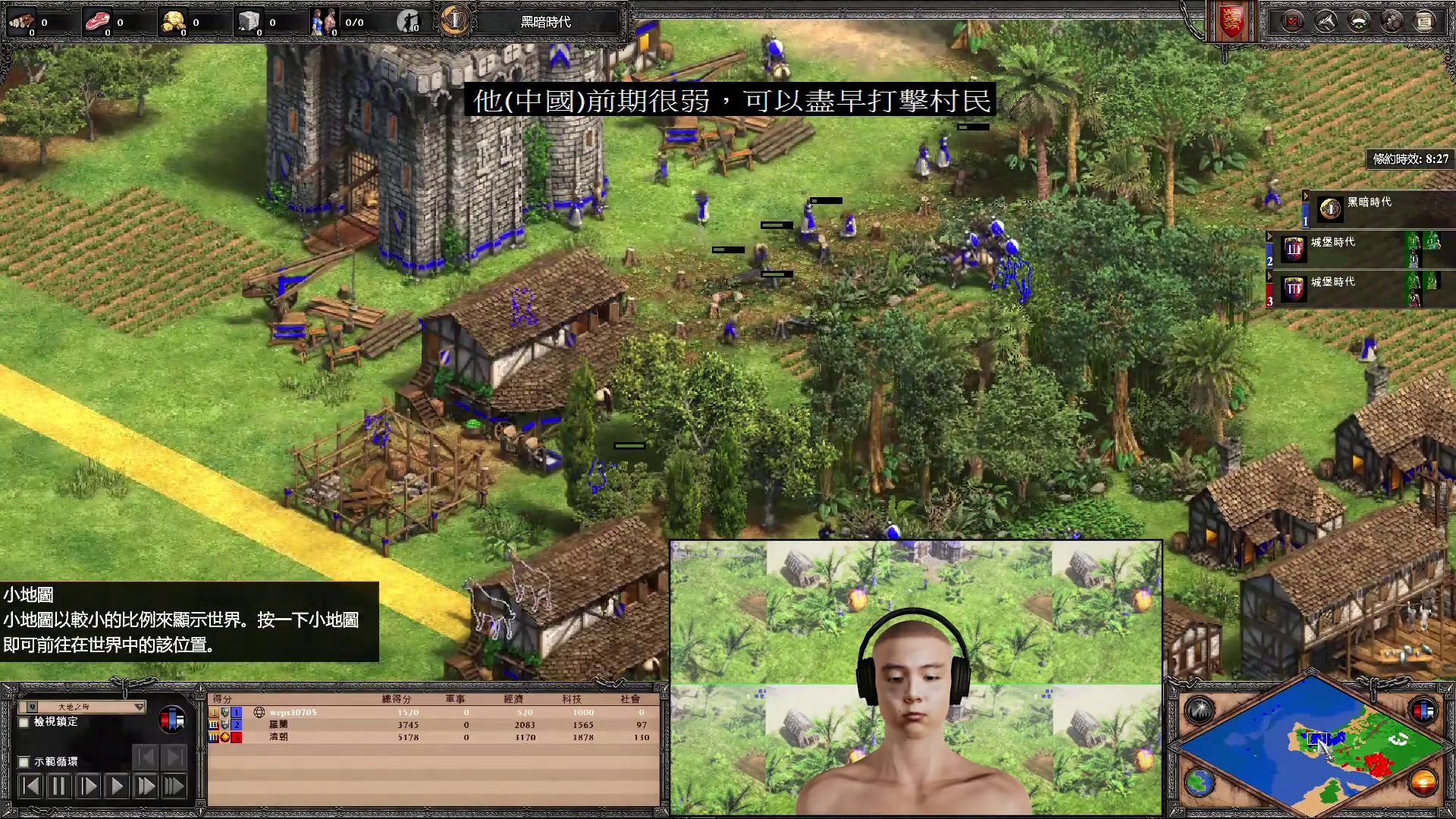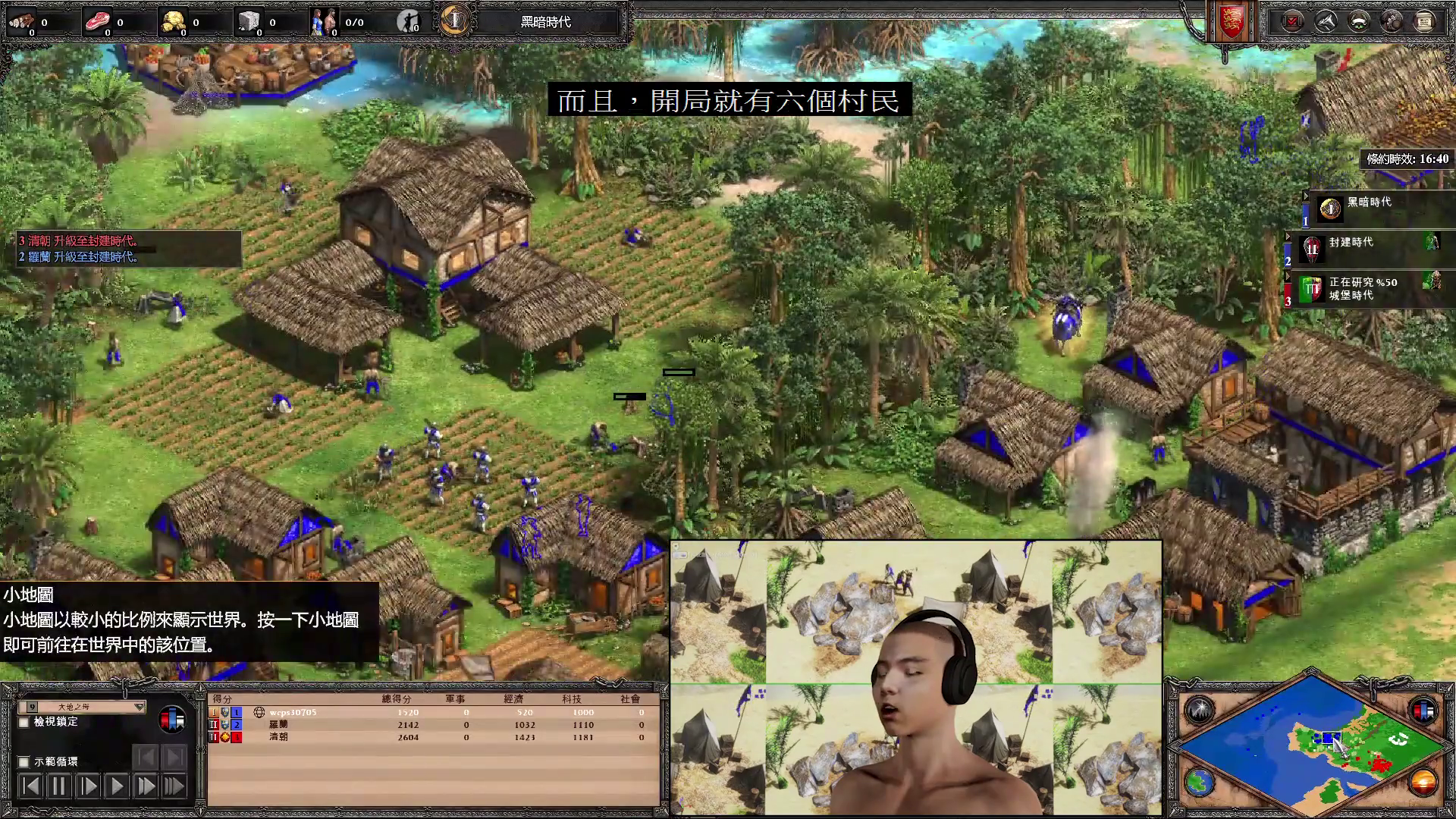JUAN POYuAN
HISTORIES/HERSTORIES
MARCH 21-27 2022/21-27 MARZO 2022 (ONLINE)
Introduced by Matteo Bittanti
War Game Map and Sino-French War
machinima/digital video, color, sound, 11’ 46”, 2021, Taiwan
War Game Map and Sino-French War è un machinima sperimentale che tematizza il conflitto tra la dinastia Qing e la Francia nel nord di Taiwan nel 1894. Il video è stato creato utilizzando Age of Empires e un plug-in per la mappa topografica di Taiwan creata grazie ad antiche mappe e ricostruzioni letterarie. L’artista ha inoltre utilizzato la figura del shoutcaster, il commentatore di eSports, per descrivere lo svolgersi della battaglia gestita dall’intelligenza artificiale del gioco.
War Game Map and Sino-French War is an experimental machinima focusing on the war between the Qing Dynasty and the French in northern Taiwan in 1894. It uses the Chinese and French options from Age of Empires and a plug-in to a topographical map of Northern Taiwan based on ancient maps and literature. A digital reproduction of artist plays the role of a shoutcaster — an eSports commentator — describing the battle managed by the game ai.
L’ARTISTA
THE ARTIST
Juan Poyuan è un giovane artista di Taipei che lavora con i videogiochi e le comunità online concentrandosi su questioni politiche e culturali. Si è recentemente laureato in Belle Arti alla National Taipei University ed è un membro attivo del collettivo The Tamsui River Project.
Juan Poyuan is a young Taipei-based artist who creates works about video games games and online communities focusing on political and cultural issues. He recently graduated in Fine Arts at the National Taipei University and is an active member of the The Tamsui River Project collective.
INTERVIEW
Matteo Bittanti: How would you describe the machinima scene in Taipei?
Juan Poyuan: It’s emerging. In Taipei, there are only a few machinima creators at the moment, but in art schools, I have noticed that some game-based works are starting to appear, which are mostly related to everyday gaming practices.
Matteo Bittanti: What is your relationship to video games, as an artist and filmmaker? You call yourself “an artist, gamer, and internet addict”. Can you elaborate?
Juan Poyuan: I often say that my earliest visual stimulation came from the bright, pulsating light of the screen, and specifically the online games playing on a computer screen in a dark room. My father introduced me to the world of video games almost before I began attending school, and I have been exposed to everything about computers and the internet ever since. So early on in art school, I started thinking about the relationship between video games and contemporary art and film, and that’s how I started creating machinima.
Matteo Bittanti: You began making machinima at a relatively young age. What prompted you to create experimental videos based on digital games?
Juan Poyuan: When I was almost around twelve, I was addicted to World of Warcraft and I would spend my days on the playing and watching videos online. Around that time, I first came across machinima on YouTube, it was the work of AFK@player, a World of Warcraft machinima team in Taiwan, but I didn’t know what machinima was at that time. Only later, I began to create works about video games and investigate this fascinating emerging field. During my reserch I discovered that there was an entire genre of video art known as machinima. At first, I created works about games simply because I liked such practice: it felt natural to me, it was the culture I understood best. Later, however, I began to see machinima as a form that had the potential to mix different media such as film, documentary video, digital animation, digital games, and more. What impressed me is the fact that machinima could enable the artist (players) to create, produce, and transform a peculiar kind of narrative, a narrative with a defiant attitude, dare I say.
Matteo Bittanti: What is like studying at the National Taipei University of the Arts, Department of Fine Arts, Mixed Media Group?
Juan Poyuan: Taipei University of the Arts gives students complete creative freedom to pursue what they care the most. My department is more focused on the cultivation of discernment, and is not be limited to traditional sculpture or painting, but lets the students find their direction and inspiration. I focused on 3D software, game engines, and machinima.
Matteo Bittanti: Political and cultural issues are central concerns of yours. How do you reconcile the apparent escapist nature of video games with the seriousness of politics?
Juan Poyuan: When I’m playing a game, I’m completely in the flow, that is, I am fully and totally enjoying it, but I may suddenly think of some unique gaming experience in the past and try to combine the two instances in a moment of reflection. I will just leave it at that, for the time being.
Matteo Bittanti: Can you describe the origins and development of War Game Map and Sino-French War? You mention that this machinimawas part of a project on the Tamsui River in Taiwan, which deals with the war between the Qing Dynasty and the French in Northern Taiwan in 1894. Can you provide contextual details?
Juan Poyuan: The Tamsui River Project is a group of very talented artists, and I am very fortunate to be a part of it. The project originated within my art department at Taipei University and a local art space because the school is located near the mouth of the Tamsui River, so we thought that we artists should think more locally and engaging critically and creatively with our own surroundings.
The Sino-French War (1883-1885) was a war between the Qing Dynasty and France as a vassal of Vietnam. At that time, Taiwan was still under the rule of the Qing Dynasty, and the northern part of Taiwan, the mouth of the Tamsui River, was one of the points of attack by the French army, which was related to the international situation and showed the political and strategic position of Taiwan at that time, and influenced the modern construction of Taiwan. The video depicts a battle fought by the game’s artificial intelligence while a shoutcaster provides commentary.
Matteo Bittanti: Games and war have a long tradition, from war games to the military-industrial complex that spawned the very first video games. How do you engage with such a rich history?
Juan Poyuan: I try to use the overlap of perspectives to stimulate the discussion of these issues, including eSports, war drones, satellite surveillance, cartography and more, and then intervene from the perspective of the shoutcaster to think about the difference between the psychology of watching a war and a competitive game, and how the viewer switches and conflicts between the perspectives of the player, the spectator, the soldier, the war spectator, and the machine.
Matteo Bittanti: There’s a quote by experimental filmmaker WONG-Fei pang (An Odd Fish, Ten Years) on your website. What does that refer to? How did he influence your practice?
Juan Poyuan: Wow, I’m really impressed that you caught that! That quote is from WONG-Fei pang’s review of my first narrative work about how people build love and spiritual connections through game characters.
Matteo Bittanti: What are you working on currently?
Juan Poyuan: I've been exploring VRChat a lot lately, which I find fascinating, and I've been doing research on ERP (erotic role play) as the next step in my work examining online relationships.
War Game Map and Sino-French War
machinima/digital video (1920 x 1080), color, sound, 11’ 46”, 2021, Taiwan
Created by Juan Pouyan



